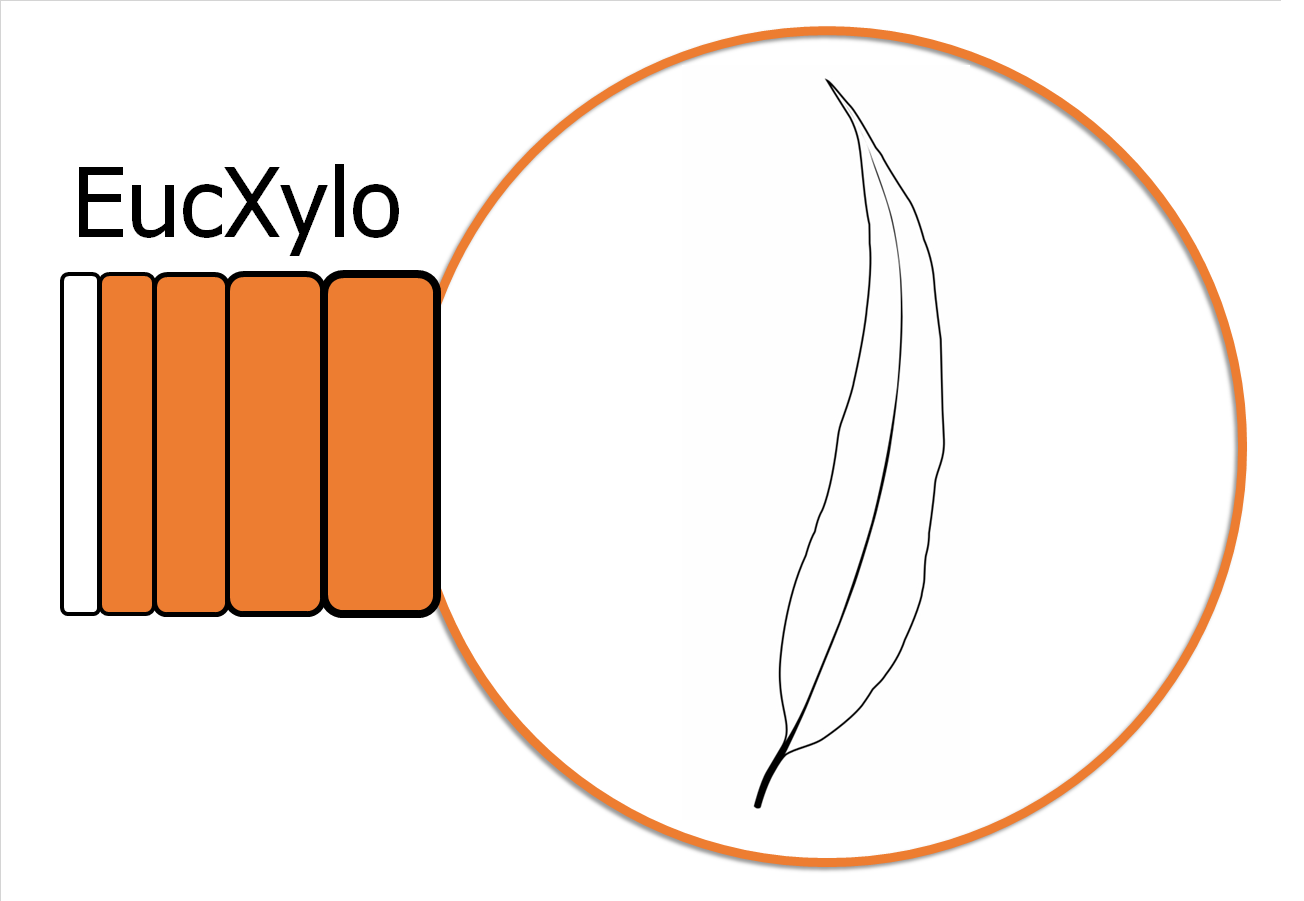
The Hans Merensky Chair in Advanced Modelling of Eucalypt Wood Formation
Understanding xylogenesis in the world's most widely planted hardwood species
[:en]Dr Saunders attended Berlin conference in July[:]
[:en]
Alta Saunders attended the Sixth international conference on Plant Vascular Biology (held from July 17th to 21st) in Berlin, Germany (https://www.pvb2022.org/abstract-book/). She presented a poster on her research entitled “Modelling drought responses of Eucalyptus using photosynthetic gain and hydraulic risk”. The poster can be downloaded here and the abstract for this poster is given below.
Plants are constantly trying to balance the trade–off between carbon gain through CO2 uptake and the cost of water loss through stomata. Recently, more focus has been given to modelling this interaction, with the idea that a plant will control its stomatal response in such a way to make the maximum profit between carbon gain and hydraulic cost. The gain–risk model proposes that plants will maximize production (photosynthetic gain) with increased water loss (hydraulic cost) when water is readily available. Sperry et al. (2017) further developed the model proposing that the hydraulic cost should be defined as the risk of hydraulic failure due to embolism formation during drought. The gain–risk model has been tested on multiple species; however, this model has not been tested on Eucalyptus, a commercially significant species, at plant scale during drought and drought recovery. A wide range of water–use and drought strategies has been observed within Eucalyptus, including hydraulic recovery post–drought. This study, therefore, tested the gain–risk model on Eucalyptus hybrids during drought and drought recovery. The gain–risk model performed well in both E. grandis X camaldulensis (GC) and E. urophylla X grandis (UG). Two distinct strategies were, however, observed between the two hybrids based on their stomatal and hydraulic responses. UG showed a more resilient strategy where stomatal conductance was maintained during drought, with maintenance of carbon uptake but increased risk of hydraulic failure. GC utilized a resistant strategy, tightly regulating stomatal conductance reducing water loss, however sacrificing carbon gain through CO2 uptake. The gain–risk model performed better at predicting stomatal responses for GC during short periods of drought, compared to UG. This highlighted the importance of understanding water use strategies, as plants utilizing a resilient strategy can maintain gas exchange regardless of the risk of hydraulic failure on which the gain–risk model is based. It is clear that the water–use strategies of plants should be considered when modelling stomatal responses. Given that the intensity and frequency of drought events are likely to shift due to climate change, modelling plant responses to a changing climate is vital, and the gain–risk model shows promise as a process–based approach in this context.
[:]